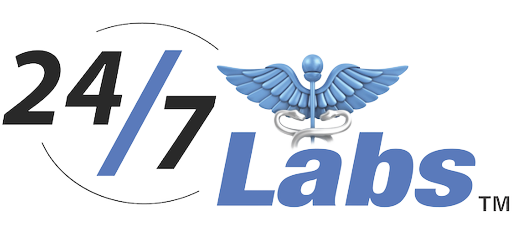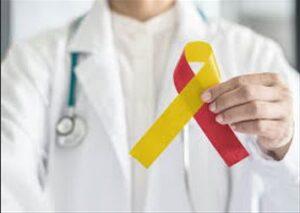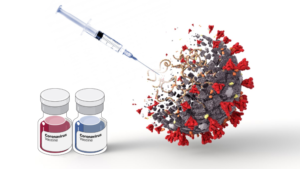ECT is the abbreviation for Electroconvulsive therapy. It refers to a laboratory procedure in which the patient is given small electric current shocks to cause variation in brain and brain products. Electrodes help in supplying the electric current to the scalp of the patient to induce seizures. ECT helps in treating people suffering from severe mental illnesses such as schizophrenia, major depression, or bipolar disorder. Moreover, it must be noted that Electroconvulsive therapy is not a routine procedure. When other therapies such as psychotherapy, behavioral therapy, medications, etc. prove ineffective, doctors recommend ECT.
Reasons and uses of electroconvulsive therapy
Depression
ECT helps in treating patients with severe depression/ major depressive disorder. Depression refers to a mental condition in which one’s mood is affected severely. In addition, it is accompanied by loss of appetite, mood swings, feelings of sadness, and lack of interest in activities. Particularly, when this condition occurs with psychosis, desire to starve, suicidal thoughts, or actions, ECT is used.
Mania
Mania is a distinct episode occurring in people with bipolar disorder. It causes abnormal heart rate, an exaggerated sense of self-confidence, racing thoughts, affects the sleeping cycle, reduces concentration, and hampers the patient’s ability to make decisions. In addition, mania causes psychosis, substance abuse, and suicidal thoughts. So, electric current helps in changing the brain activity to control the behavior of the patient.
Catatonia
Catatonia is a behavioral syndrome that leads to an inability to move, speak, and other strange behaviors. For instance, a person with catatonia may make loud exclamations for no apparent reason. A catatonic person can cause massive self-harm by refusing to eat and drink water. So, researchers suggest that Electroconvulsive therapy can be successfully used for catatonic patients when medications do not work.
Schizophrenia
Schizophrenia is a mental health disorder that causes hallucinations, delusions, disorganized speech, and abnormal behavior in affected individuals. In addition, it also causes disturbances in emotions observed through facial features and body language. If therapies such as cognitive-behavioral therapy or psychological treatment do not work, ECT proves useful to treat schizophrenia.
Complications associated with Electroconvulsive Therapy
Mental confusion
As ECT involves the transfer of electric current from the source to the scalp, various complications occur due to it. Immediately after the application of electroconvulsive therapy, patients can experience mental confusion. This confusion can last from several minutes to hours to days. Generally, young adults show signs of mental confusion post ECT.
Loss of memory
Researchers suggest that many people face loss of memory post electroconvulsive therapy. Patients face a lot of trouble remembering events and activities before therapy and even months before therapy. However, memory loss problems improve within months post-treatment.
Physical problems
Our brain is responsible for controlling, monitoring, and regulating body movements and processes. So, after the administration of electric current, some people experience nausea, muscular pain, body ache, and pain in the jaw.
Other complications
Changes in blood pressure, elevation in heart rate, and similar problems with heart occur post ECT. Anesthesia elevates the risk factors.
The procedure of Electroconvulsive Therapy
Hospital staff advises and instruct patients to undergo certain dietary restrictions before the procedure. These include restrictions on food products and consumption of only water before therapy. Then, at the time of therapy, the healthcare professionals inject anesthesia into the patients. Thereafter, the doctor checks the heart and lungs of the patients. After this, the healthcare provider inserts an intravenous line into the patient’s arm. Finally, the healthcare providers place electrode pads on the head.
What to expect after Electroconvulsive therapy?
As stated, electroconvulsive therapy is only helpful when other therapies prove ineffective and insufficient. ECT helps to improve the patient’s condition. Technically, a person observes improvement after six ECT treatments. This therapy helps in changing brain activity and induces the release of certain chemicals that help in altering and managing negative movements and behavior. Such chemical changes help decrease the symptoms of several mental health diseases. However, after ECT, a patient requires medications and psychotherapy (psychological counseling). It helps in managing psychotic symptoms such as hallucinations and delusions. In addition, ECT helps in controlling negative thoughts and emotions. It is also used to treat pregnant mothers to avoid the harmful effects of medication/ drugs on the fetus.




